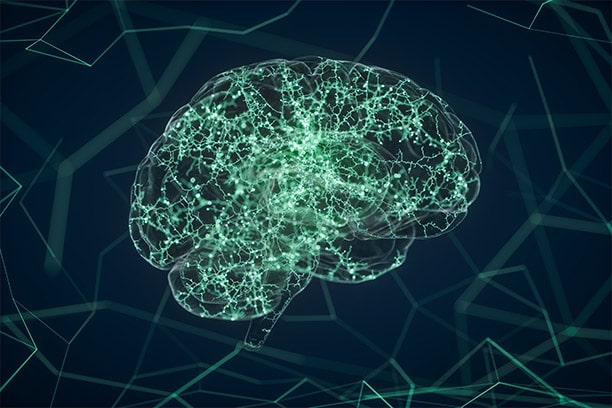QEEG
A qEEG (Quantitative Electroencephalogram) is a diagnostic tool that measures electrical activity in the form of brain wave patterns. It is sometimes referred to as “brain mapping.”

How it Works
Assessment
The qEEG-report is an assessment process that allows us to determine brain wave patterns by gathering information about the electrical activity of specific locations of the brain.
Sensor Placement
To do this, we place what looks like a swim cap with a number of sensors on your head to measure the brain wave activity of the various frequency bands. This is done with the client sitting quietly with his or her eyes closed for approximately 5 minutes and then with eyes open for an additional 5 minutes.
Analysis
Our software will then analyze this information and generate a series of images and a report that will identify which areas of the brain may be too active or not active enough. This is called a Brain Map.
Training & Analysis
The Brain Map provides an invaluable overview of what is going on in the brain and will be used in conjunction with information provided by the client to develop the training plan. A qEEG can reveal brain wave patterns that are associated with impulsivity, cognitive inflexibility, anxiety, and other symptoms.
People who suffer from the following conditions may benefit from a qEEG and a comprehensive Neurofeedback treatment plan:
- ADHD
- Anxiety
- Autism/Spectrum disorders
- Chronic pain
- Dementia
- Depression
- Panic disorder
- Peak performance
- Substance abuse disorders
- Traumatic brain injury (TBI)
- Memory loss

Brain Retraining with Neurofeedback
Neurofeedback is an exercise for the brain!
Neurofeedback, also called EEG Biofeedback is a state-of-the-art, non-invasive, drugless method for teaching the brain to function in a more balanced and healthful way. A simple and pleasant learning modality that can help shift the way the brain produces and distributes its electrical energy. Four divisions of electrical impulses made by our brain, Delta, Theta, Alpha, and Beta are called “Frequency Bands”. These Frequency Bands tell us which parts of your brain are active and which frequency bands the brain should be used to complete a given task, activity or should be most active during different states of mind.
How it Works
Connect to a Computer
You are connected to a specialized computer with wires and sensors designed to monitor your brainwaves. This software gives the ability to see feedback in real-time.
Play a Game or Watch a Movie
Feedback appears as a game, movie, or sound on screen. This allows the user to know when their brainwaves are becoming more regulated.
Brain Improves its Regulation
Since your brainwaves control the game, movie, or sound, observing this dynamic actually helps improve the function of the brain.
